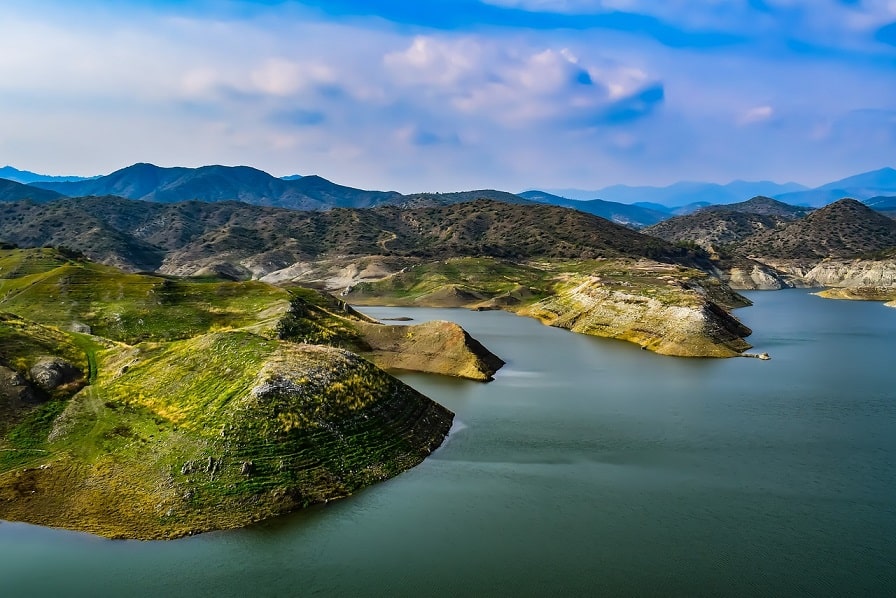Your “water footprint” refers to the total amount of water that was consumed, either directly or indirectly, in the process of producing and transporting the goods that you consume, whether they be food or drink, goods or clothing.
Green, blue, and grey are the three components that make up a water footprint. Together, they paint a comprehensive picture of water use by defining the source of the water that is consumed. This source can be defined as either precipitation/soil moisture or surface/groundwater, as well as the volume of freshwater required for the absorption of pollutants. Together, this information helps to paint a comprehensive picture of water use.
The term “green water footprint” refers to the amount of water that has either fallen to the ground, been stored in the roots of plants, and is subsequently used by plants; alternatively, it refers to the amount of water that has either evaporated or transpired. This type of water footprint is particularly important for agricultural, horticultural, and forestry products.
Blue Water Footprint: A blue water footprint is water that has been sourced from groundwater resources or surface water resources and is either incorporated into a product, evaporated, water that has been removed from one body of water and returned to another, or water that has been removed from one body of water and returned at a later time. Blue water footprints are considered to be more sustainable than traditional water footprints because blue water footprints can be reduced or eliminated entirely. Uses of water in business and households, as well as agriculture that is irrigated, are some examples.
Grey Water Footprint: The amount of fresh water required to fulfil certain water quality criteria in order to absorb pollutants is referred to as the grey water footprint. This includes water that has leached from the soil or other diffuse sources or impervious surfaces, as well as point-source pollution that has been expelled into a freshwater resource either directly via a pipe or indirectly via runoff. For example, water that has leached from the soil includes dissolved minerals and organic matter.
It is essential to have an understanding of the water footprints of various items in order to pinpoint areas in which water can be conserved. Many countries have significantly increased their water footprint by exporting water-intensive goods and importing water-intensive goods from other countries. This places a burden on the countries where the goods are manufactured, which are frequently poor countries that cannot afford the burden and which suffer from a severe lack of prudent water governance and conservation.
It is only through an awareness of the water footprint that we can completely realise the impact that humans have had on freshwater systems, as well as better comprehend the causes of water scarcity and water pollution and find solutions to these problems.
Living-Water is a provider of water cooler rentals as well as water dispenser sales. In London, you may get both water coolers that use bottled water and water dispensers that use mains water.






